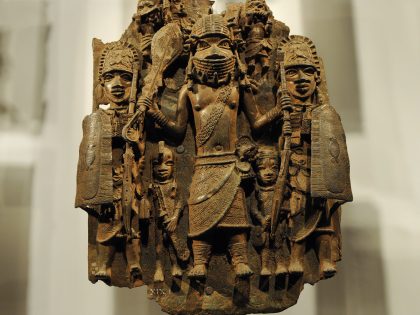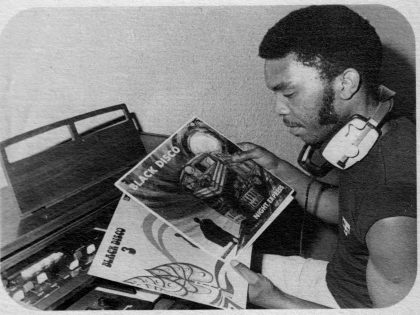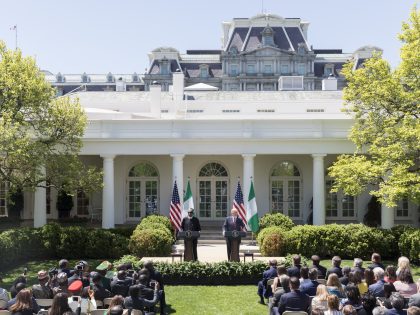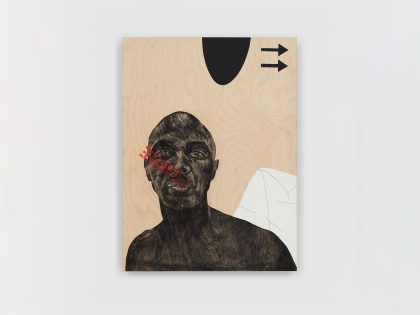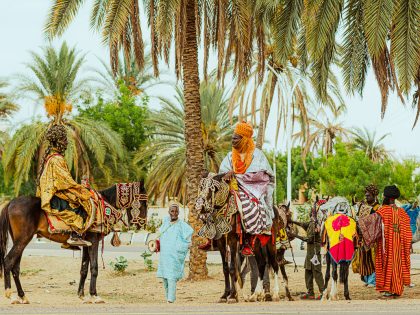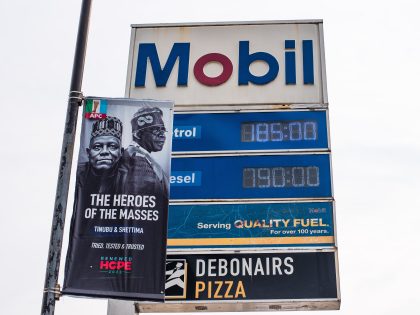Cinema of disquiet
Alain Resnais and Chris Marker's 1953 film "Statues also die" should be appreciated more for how it challenged European, especially French, approaches to African art.

A still from the film "Les statues meurent aussi."
The great French film director Alain Resnais has died. He was 91 years old.. Resnais’s career spanned six decades (born in 1922, his last film was premiered in Berlin earlier this year). His career has also been well documented. His body of work is enormous, but there’s one of his films that I want to highlight here: the 30 minute short film,”Les statues meurent aussi” (Statues also die).
At a young age, in 1953, together with Chris Marker and Ghislain Cloquet, Resnais made “Les statues meurent aussi.” The film was narrated by actor Jean Négroni. The film was commissioned by the magazine Présence Africaine in 1950.
According to Resnais, the original intent was not to make an anti-colonial film, but a film about African art and its representation in Western contexts. But – Emma Wilson writes – as he researched the film, “… Renais wondered why African art was placed in Musée de l’homme [an ethnographic museum] while Assyrian, or Greek art, by contrast, was on show in the Louvre.”
In a recent and comprehensive piece, film critic Jonathan Rosenbaum introduces the work of Resnais to an American audience. He spends some time writing about “Statues never die”:
Here is how it begins, the words spoken over darkness: “When men die, they enter history. When statues die, they enter art. This botany of death is what we call culture.” And then, as if to prove his point, the film’s image lights up to show us the ruins of a few outdoor sculptures, speckled with sunlight and wizened by age and corrosion—strange botanical specimens.
What follows, over a striking montage of indoor specimens and some of their strolling museum spectators (first white ones, then a single black woman), is a kind of existential poetics of both art and history: “An object dies when the living glance trained upon it disappears. And when we disappear, our objects will be confined to the place where we send black things: to the museum.” Resnais’s Eisensteinian editing meanwhile peaks as an accelerating succession of graphic images reaches a gorgeous crescendo and epiphany in a cut to the head of an African swimmer rising from underwater to the surface of a river.
Rosenbaum then goes further,
This gradually turns into a remarkable duet between Marker’s literary fervor and a detailed as well as despairing political vision—a combination of speculative art history, precise journalism, and a grim meditation on the various places and functions Africa and its separate cultures have assumed within white civilization—and Resnais’s musically and rhythmically orchestrated illustration of and counterpoint to this extraordinary text. Both of these strains can be said to embody, empower, and enhance as well as accompany the other, but it would be pointless to try to synopsize either Marker’s multifaceted argument or Resnais’s elaborately composed and articulated assembly of images, much less attempt to describe how effectively they complement one another. It appears that this film took years to put together, but it moves with a fluency and directness that is never labored.
What starts off as a fairly romantic and mute portrait of images of African objects (artefacts, idols, objects; we don’t get many geographical details, most of them are introduced as just that: l’art nègre or “black art”, which is a mimicking of the decontextualised exhibition of artefacts from Africa to this day, which become devoid of use, cultural significance or aesthetics, but merely, things), in the last third, the film turns into a blistering attack on colonialism and white racism.
Let’s keep in mind this is 1953.
Not surprisingly, the film was banned in France for fifteen years. The first time the full version was publicly screened in France was in November 1968, as part of a programof short films grouped under the label “Cinéma d’inquiétude” (Cinema of disquiet). And until its release on DVD in 2004 it was difficult to get hold of.
These days, you can watch it for free on YouTube, including English subtitles (turn on the captions). Looking back, this was a formidable film for its time.
